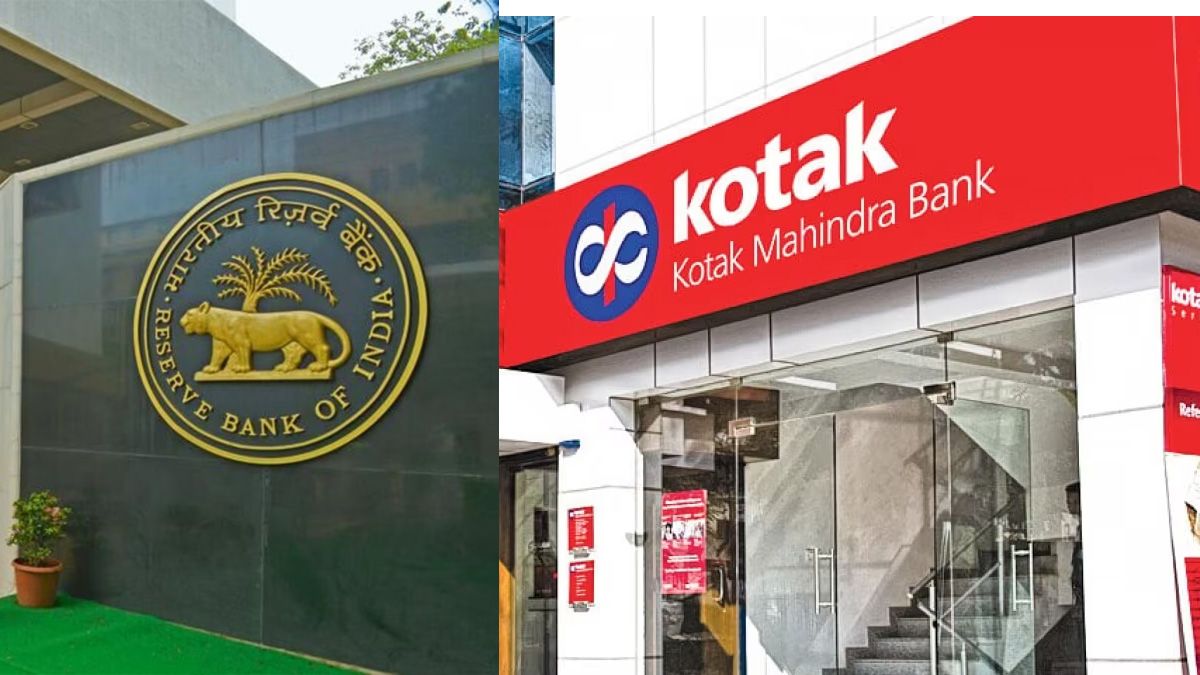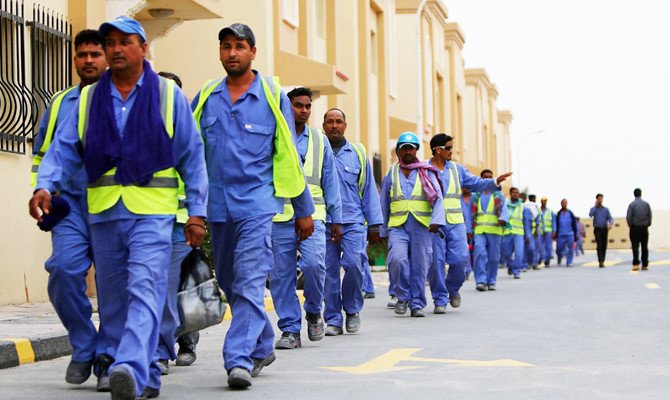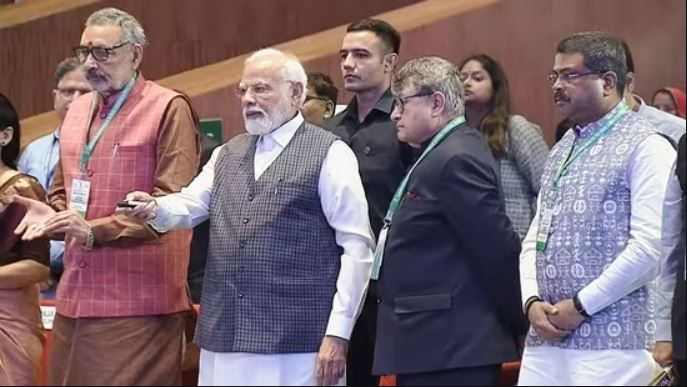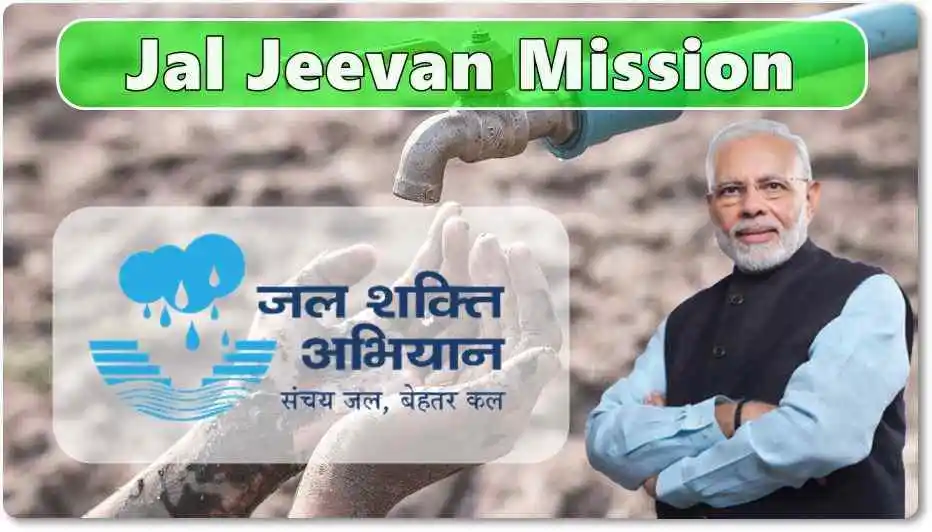Smart Cities Mission: What are it’s Objectives, Challenges and Progress
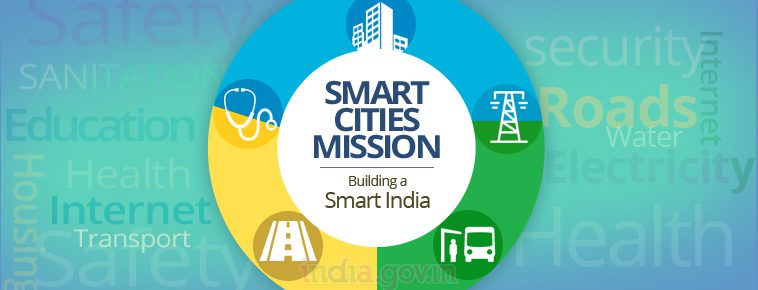
What is Smart cities Mission?
On June 25, 2015, the National Smart Communities Mission was launched with the goal of encouraging towns to employ “smart solutions” to provide basic infrastructure, a clean and sustainable environment, and a decent quality of life for their residents. The Smart Cities Mission is to improve people’s quality of life and economic prosperity by fostering local area growth and utilizing technology, particularly that which contributes to Smart outcomes. The Ministry of Housing and Urban Affairs (MoHUA) is the designing and carrying out ministry in cooperation with the state governments. An effort supported by the federal government, it began with 100 localities and will eventually include 200 cities between 2019 and 2023.
Objectives of Smart Cities Mission
On June 25, 2015, the National Smart Communities Mission was launched with the goal of encouraging towns to employ “smart solutions” to provide basic infrastructure, a clean and sustainable environment, and a decent quality of life for their residents. The Smart Cities Mission is to improve people’s quality of life and economic prosperity by fostering local area growth and utilising technology, particularly that which contributes to Smart outcomes. The Ministry of Housing and Urban Affairs (MoHUA) is the designing and carrying out ministry in cooperation with the state governments. An effort supported by the federal government, it began with 100 localities and will eventually include 200 cities between 2019 and 2023.
Smart solutions like data-driven vehicular networks and intelligent lighting systems, among others, are used in the smart city initiative to improve inclusive and sustainable cities that provide core infrastructure to provide a respectable quality of life and a sustainable and clean environment.
The fundamental Smart City infrastructure consists of the items listed below:
- An adequate water supplies
- Dependable electricity supply
- Solid waste management is a vital part of sanitation.
- Effective urban mobility and public transit
- Housing that is primarily affordable for the poor
- Digitalization and a solid IT infrastructure
- Public participation and e-government are two examples of excellent governance.
- Sustainability of the environment and public safety, particularly for women, children, and the elderly
- Knowledge and wellbeing
Progress of Smart Cities Mission
- After three years, 89 areas have been chosen, yet there has been little progress in urban change.
- Only a few cities have taken the task seriously. Pune has started by issuing municipal ‘smart city’ bonds to raise funding.
- Bhubaneswar boasts a railway multi-modal hub, a high-tech transportation signal system, and an urban knowledge center.
- Through a command-and-control centre, the New Delhi Municipal Corporation has begun implementing mini-sewerage plants, wi-fi activated ‘smart’ street lighting, and municipal surveillance systems.
- However, most cities are still in the early stages of development, and financial completion of projects is still a long way off.
- Private investment, in particular, has yet to be recognized and defined.
Challenges of Smart Cities Mission
- Smart cities operate as special-purpose vehicles distinct from traditional urban governing frameworks.
- It has the potential to produce development islands rather than an inclusive all-around growth of the metropolis.
- State and local governments lack fine-grained data and the expertise to interpret it in order to comprehend their populations’ changing requirements.
- Despite the fact that India’s Smart Cities Mission has selected over 20 priority sectors, efforts by the appropriate authorities remain limited.
- The operation of urban municipal governments receives little attention.
- The Area Based Development method – building a sewage system there or a network of roads in another city – will only cover around 3% of the urban areas linked with these smart cities.
Conclusion
COVID-19 has had an influence on almost every country on the earth, causing serious economic and healthcare issues. However, in the months after the lockout, the aim to build 100 smart cities in India has grown, with funds almost tripling in usage. How to fund smart cities is one of the most important concerns affecting them. Smart city infrastructure demands a substantial financial investment. The government is concentrating on developing Public-Private Partnerships (PPP) for the efficient implementation of India’s smart city plan (at the moment, roughly 21% of smart city projects are funded under the PPP model). In June 2020, Sterlite Power inked a PPP deal with the Gurugram Metropolitan Development Authority (GMDA) to build and maintain the fibre network.


